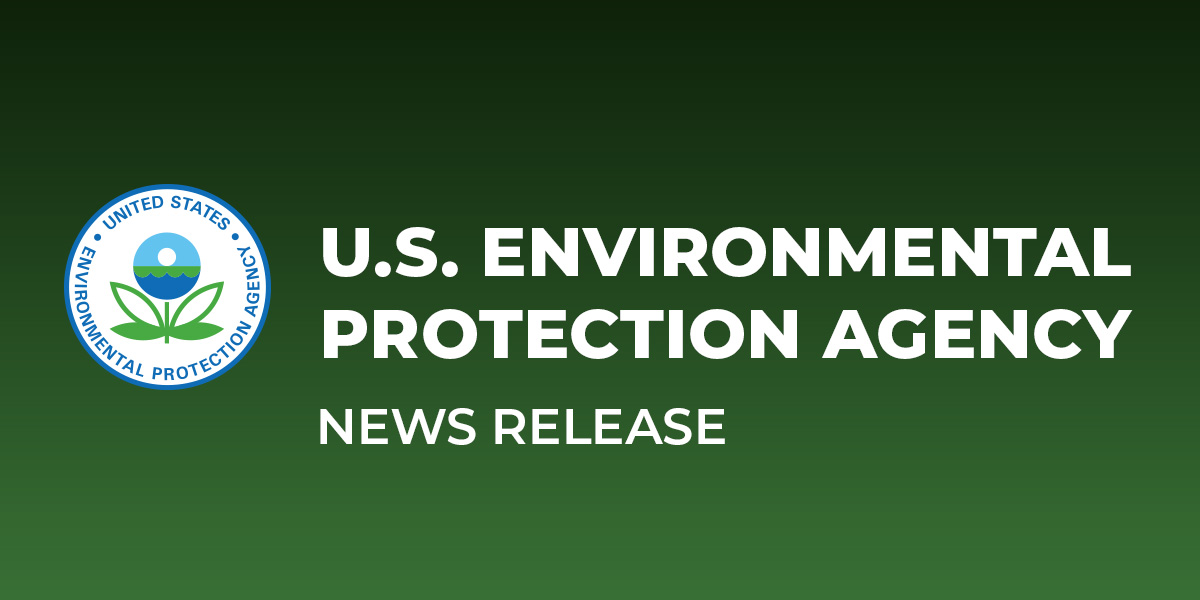EPA's Clean Ports Program Boosts Zero-Emission Projects in Georgia
Key Ideas
- EPA's Clean Ports Program is funding 55 zero-emission port projects nationwide to combat climate change, reduce air pollution, and promote environmental justice.
- The Georgia Ports Authority (GPA) in Savannah and Brunswick will receive nearly $48.8 million for zero-emission equipment and infrastructure upgrades.
- The initiative will reduce over 3 million metric tons of carbon pollution, promote good-paying union jobs, and advance the transition to zero-emission operations in the port sector.
- The program aligns with President Biden's Inflation Reduction Act and the national goal for a zero-emission freight sector, emphasizing workforce development and environmental sustainability.
The U.S. Environmental Protection Agency's Clean Ports Program is set to fund 55 zero-emission port equipment, infrastructure, and planning projects across the nation to combat climate change, reduce air pollution, and promote environmental justice. In Savannah, Georgia, the Georgia Ports Authority (GPA) has been announced as a recipient of nearly $48.8 million through this program. The funds will be utilized to upgrade the Port of Savannah and the Port of Brunswick with vessel shore power systems, electric terminal tractors, and charging infrastructure. This initiative aims to reduce diesel air pollution, engage communities, and provide training for workers in sustainable technologies. The grants are funded by President Biden's Inflation Reduction Act, representing a significant investment in combating climate change and promoting clean energy.
The announcement ceremony in Savannah featured key figures such as the U.S. EPA Regional Administrator, Savannah Mayor, County Chairman, and GPA President. The program also received praise from Senators Ossoff and Warnock, highlighting the importance of federal investments in clean energy for Georgia's economy and workers. The EPA's selection of 55 projects reflects a commitment to workforce development, environmental sustainability, and economic competitiveness. The funded projects include a variety of zero-emission equipment and infrastructure, with estimates suggesting significant reductions in carbon emissions, NOx, and PM2.5 over the next decade. Beyond environmental benefits, the initiative is expected to create and protect good-paying union jobs, drive innovation, and enhance U.S. economic competitiveness in the clean energy sector.
